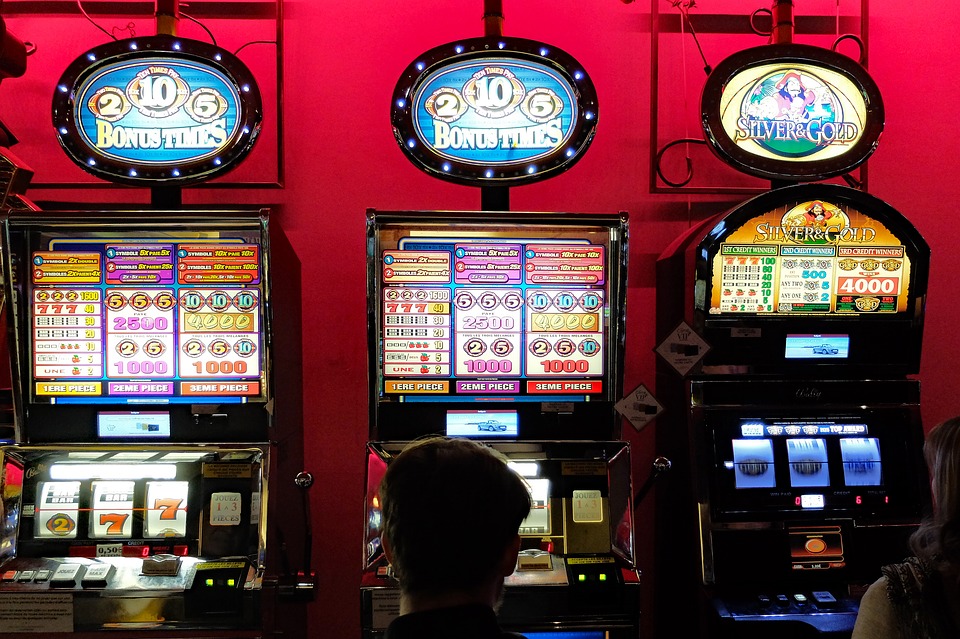How does bet level work?
In slots where there is a Bet Level, there is almost always a Coin Value. Simply put, Coin Value shows the value of each coin you place on a line. The Bet Level, on the other hand, shows how many coins you can bet per line. To see how Bet Level works, take a look at the Book of Dead slot, which uses Coins instead of the classic coins. This illustrates the purpose of this option perfectly. So. You can change the number of coins you bet per line. The minimum number is 1 and the maximum is 5. This is the total number of coins per line. In Book of Dead, there are 10 paylines. It turns out that the minimum number of coins on all active lines is 10 and the maximum bet is 50 coins. All that remains is to set the value of each coin and you can start playing.
As you can see, Bet Level directly affects the size of the bet you place. To understand exactly how much your bet increases, you simply have to try changing this parameter. Changing the Bet Level will change the bet amount by one unit. If you only change the Bet Level, then the number of coins will increase. For example, if you have a slot with 10 paylines, you can bet 1 coin on each of the lines by default. If you set Bet Level 2, then your total bet will be 20 coins, increasing this parameter to 3, the total bet will be 30 coins. However, you can also change the value of each coin you place in the slot. It’s all about Coin Value.
How does coin value work?
For those who are new to the world of gambling, it can sometimes be quite difficult to understand all the betting options and terminology of slots. Therefore, I will try to explain what Coin Value is and what it’s for. Let me mention right away, that changing this parameter in slots with an RTP range can lead to changing theoretical payoffs. Such slots I have met at the company Netent and one of such slots is Mega Joker. Simply put, in slots with variable RTP the Coin Value box plays a significant role. For example, if you put 1 coin then your theoretical return will be 76.9%, once you change the number of coins to 10, the RTP will grow to 89-99%! Just imagine, it works very simply.
However, the main purpose of Coin Value is to change the betting parameters. This allows for maximum winnings. The fact that players can change the Coin Value gives them the flexibility to estimate their total stake. As a consequence, you are given the widest range of gradation bets, where you can adjust them to be able to plan your bankroll. Together with Coin Value, the total bet is formed by the number of lines you choose and by the number of coins yourself. So, we can define Coin Value briefly. This is a notation of the betting unit, where its denomination can be 0.01 USD or higher. The total bet will depend on this parameter.
For a simpler example, here is a typical Book of Dead slot. There is a Coin Value. The minimum value is 0.01 USD and the maximum is 1 USD. So you can choose the value of one coin, which you put on each of the 10 paylines. So the minimum bet in this slot is 0.1 USD. That’s assuming that you only bet one coin worth 0.01 USD per payline.
What is the difference?
In essence, Coin Value is the value of a single coin, and Bet Level is the number of those coins. So you don’t have to look far to find the differences. You simply select the Coin Value and enter the number of coins you are betting per line. Now you can head to the slot to start playing. However, I want to make some clarification that both of these parameters can have different names. So most often you see Coin Value as Value, and instead of Bet Level, you see Coin or Bet. In any case, even with different names, they will have the same characteristics as the original ones.
Today, players can choose their slots with Coin Value or Bet Level. If you don’t want to delve into all the intricacies, choose games where you can only change the bet size. However, there is an opinion that slots that use coins and levels can offer much bigger winnings.



